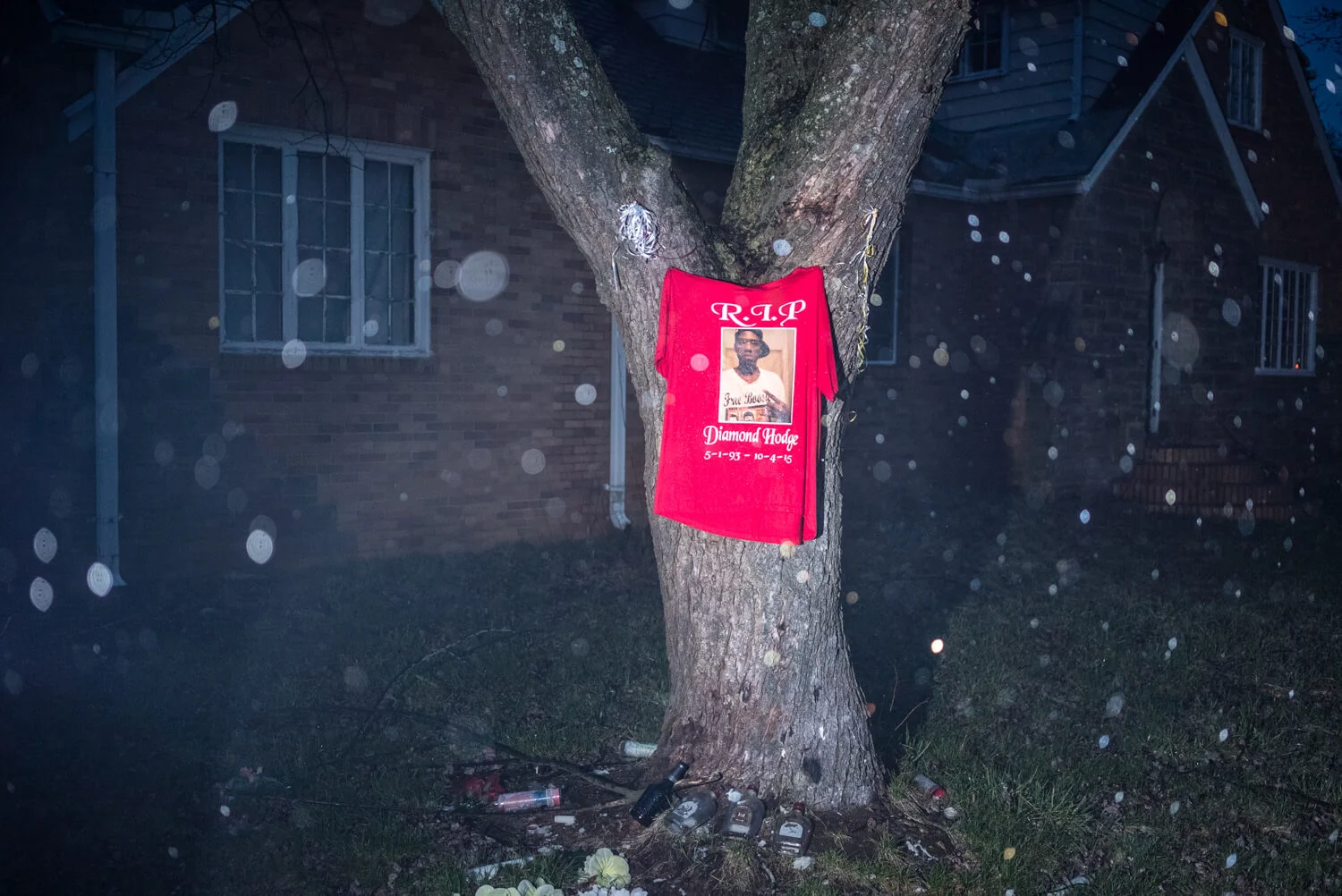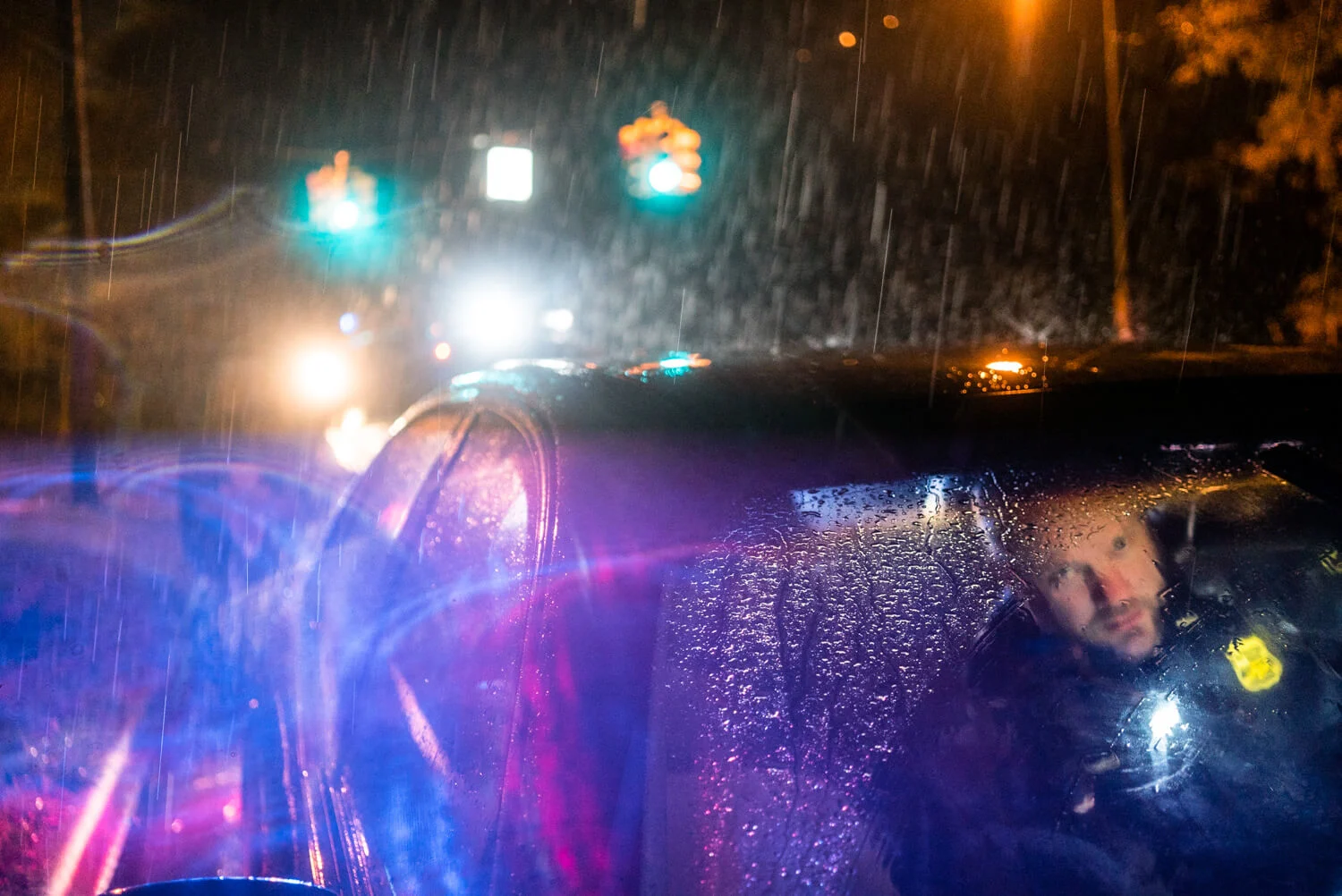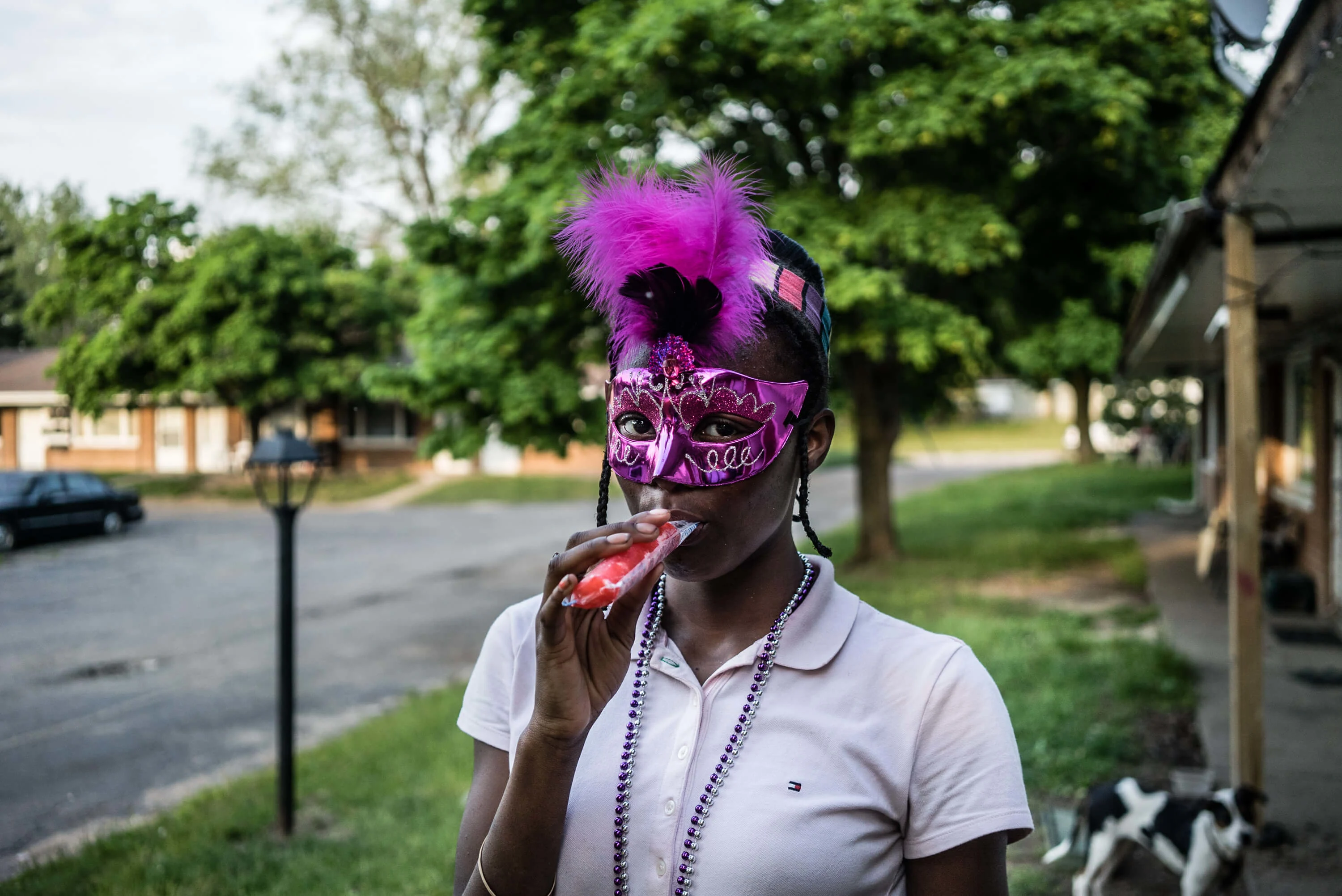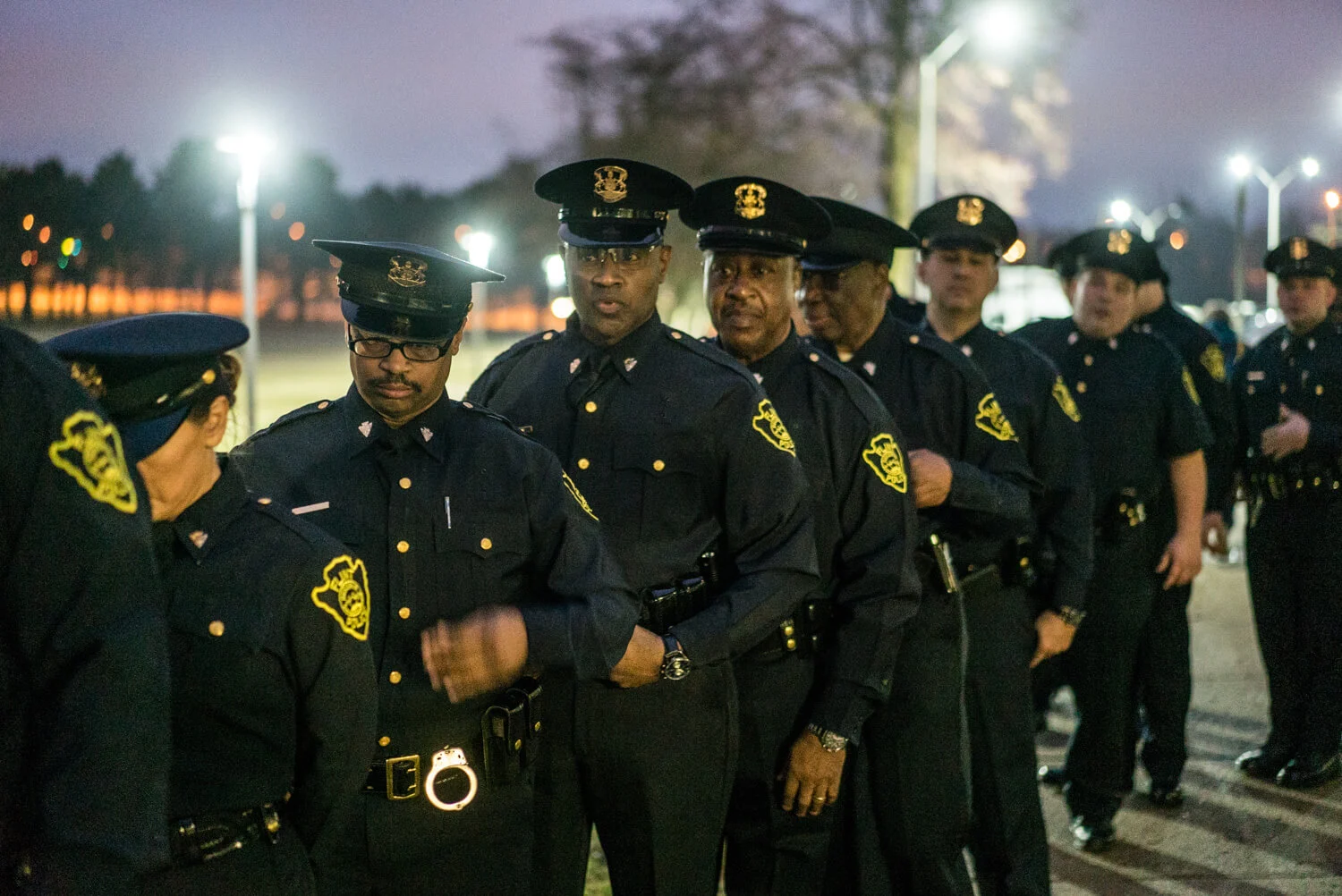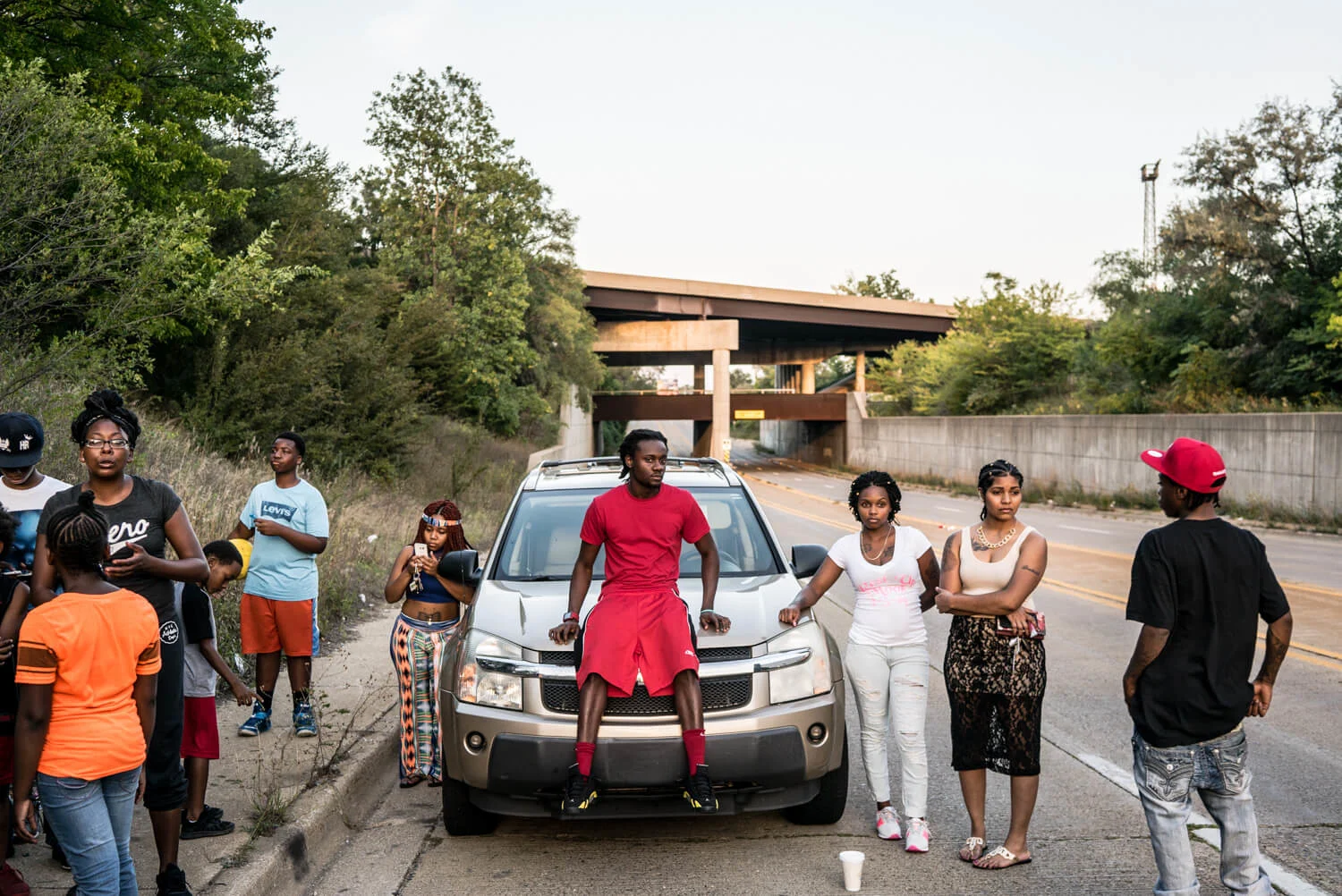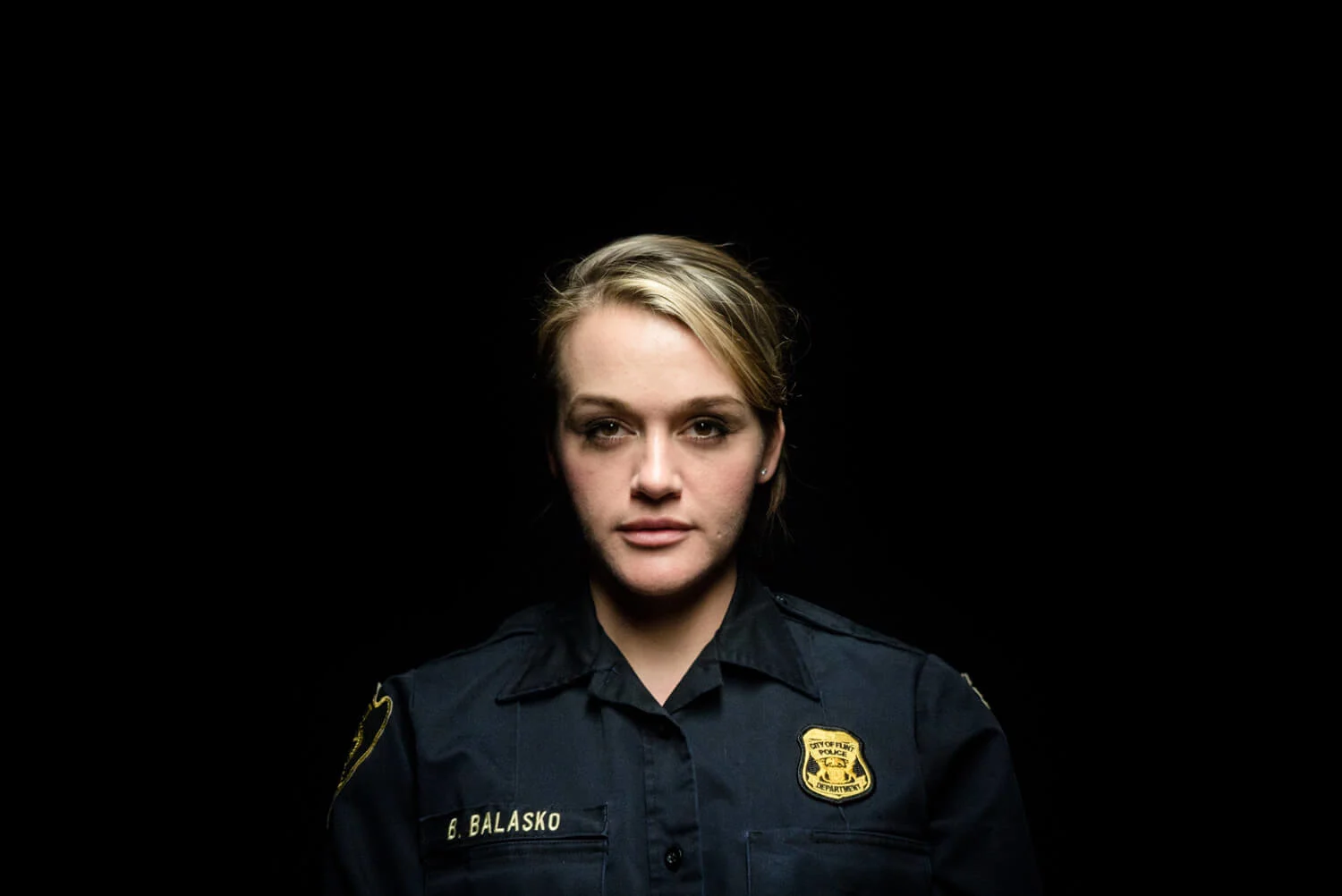
Zackary Canepari will tell you the city of Flint's, “a really charismatic, magnetic place.” In the next breath, he’ll describe it as, “the American dream turned into the American nightmare.” Lucy Pike and Robyn Collinge find out how the Michigan city became his muse.
By almost any measure, Flint is a city in crisis. Yet it captivated Zack and his co-directors Drea Cooper and Jessica Dimmock. Since 2012, Boston native Zack and his partners have been documenting life in America’s ninth most violent city.
Across various projects, the trio has used the living, breathing and desperately struggling community of Flint as a source of inspiration compelled by a need to tell its stories. It’s a creative journey that recently culminated with a hugely successful Netflix series, praised for its unbiased and raw representation of Flint’s struggling police department.

They got up close and personal with the city for the first time while searching for, “a story about a teenage athlete in a high pressure situation.” They found Flint-native and Olympic boxer Claressa Shields, who became the star of their feature documentary T-Rex.
Claressa went on to win an Olympic gold medal – a certified ticket out of her hometown. But there was something drew Zack’s attention to the life she was leaving behind. “All of these connecting pieces started to appear,” he remembers. “There was more to this Flint story. I stuck around and just kept digging, hanging with people in the community, developing more relationships.”
From this digging, Flint is a place was born. A collaborative, transmedia project, the seven-part series explores various aspects of life in Flint, from poetry written and performed by young women prisoners to the deterioration of the Flint police department and its complex place within the city.
“We realized there was this whole other huge story happening just with the police department – what they were going through with the water crisis , how they were policing a community in crisis, policing in America. All these things we had incredible access to through these guys.”

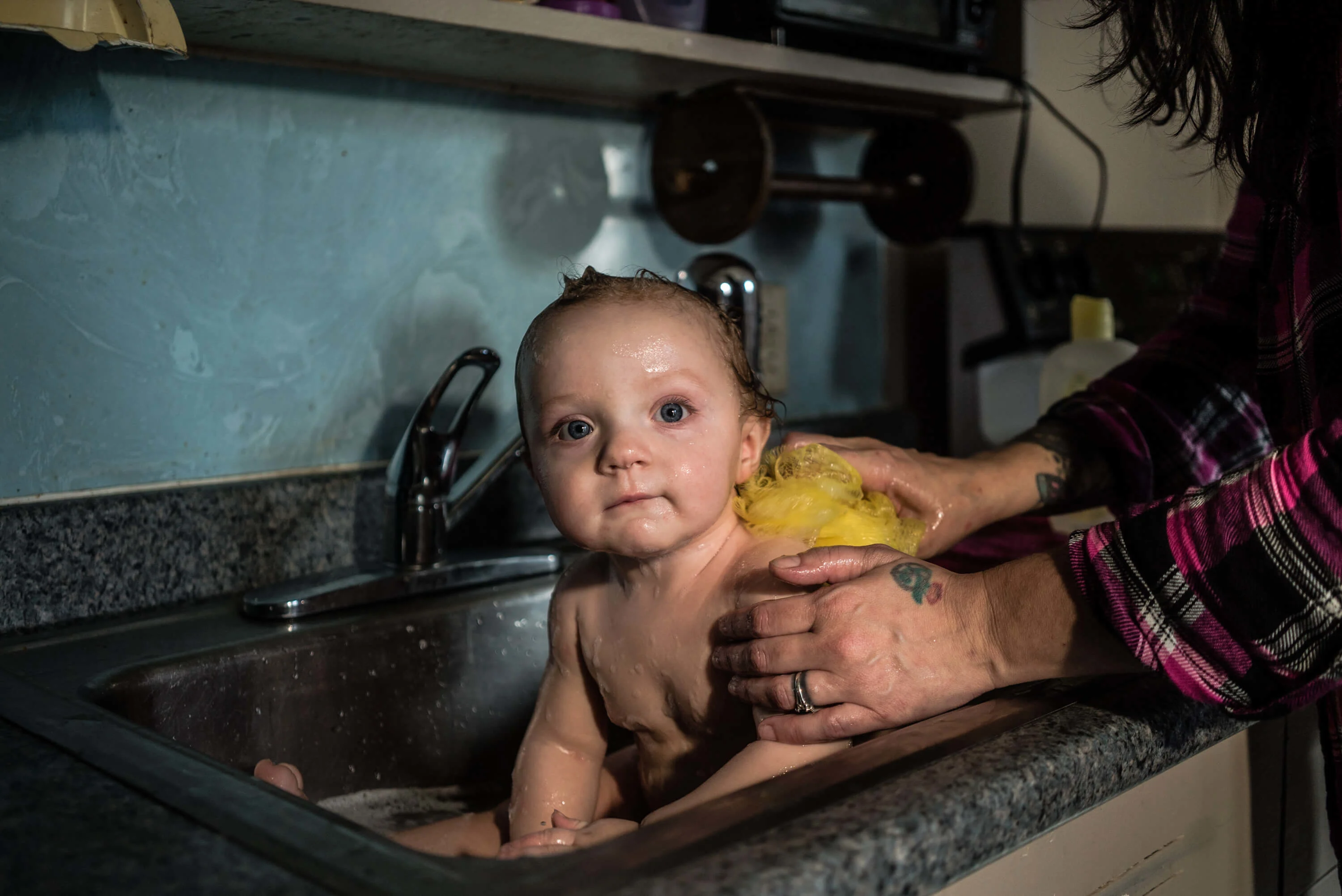

Flint Town could have easily been a documentary about a struggling police department. But instead Zack and his co-directors use their unique vantage point to tell the story of a community in crisis, exploring the city of Flint through the eyes of those with an all-access pass.
With officer numbers down to just 98, there are only nine cars to patrol the city and its 100,000 citizens. The ratio of cops to citizens is one sixth the national average. As officer Robert Frost laments in the very first episode, “There's no real policing done when you're taking that many calls. You're just driving to addresses like a UPS man."

Protecting and serving in a troubled urban community is about much more than crime fighting, a concept which lays the foundation for the team’s creative collaboration with the city. Zack explains, “It’s a really charismatic, magnetic place and the people there are all very raw and open. They’ve been through so much for so long, that I think there’s just a real rawness to them, a no bullshit spirit.”
It’s this spirit, this rawness, that really drives Flint Town.
Keeping the community at the heart of the narrative, the team effortlessly hones in on the fragile tension that seems to be hovering above the city’s self-destruct button.
From this Zack is able to start a dialogue not only between the Flint police department and the community it serves, but the series also breaks down barriers between Flint and the rest of the world. He describes the city as, “the real canary for what could be, and is being, replicated across America.”
“It’s this microcosm relationship. With Flint Town, we were using the local police point of view to talk about policing in America. We’re talking about poor communities, we’re talking about infrastructure and the economy and jobs and the lack of opportunities, all from the perspective of these 98 officers who are trying to make something happen with nothing.”
Visually, the series maintains the same look and feel across the various explorations of the city. “There’s a style and a tone that we’re consistently hitting, even if visually or story-wise the chapters or the projects are vastly different,” he explains.
This cohesiveness contributes to the cinematic feel Flint Town evokes. Lingering, artistic shots are harshly contrasted with the rough cuts of various crime scenes. We move quickly from an abstract frame showing a slow brewing coffee pot to footage of a murdered teen bleeding out into the snow.
“Jessica, who is one of the best photographers I’ve ever met, has a really particular skill when it comes to intimate storytelling. Going into rooms that aren’t necessarily comfortable and staying and finding something beautiful in there. Nobody does that the way she does it.”
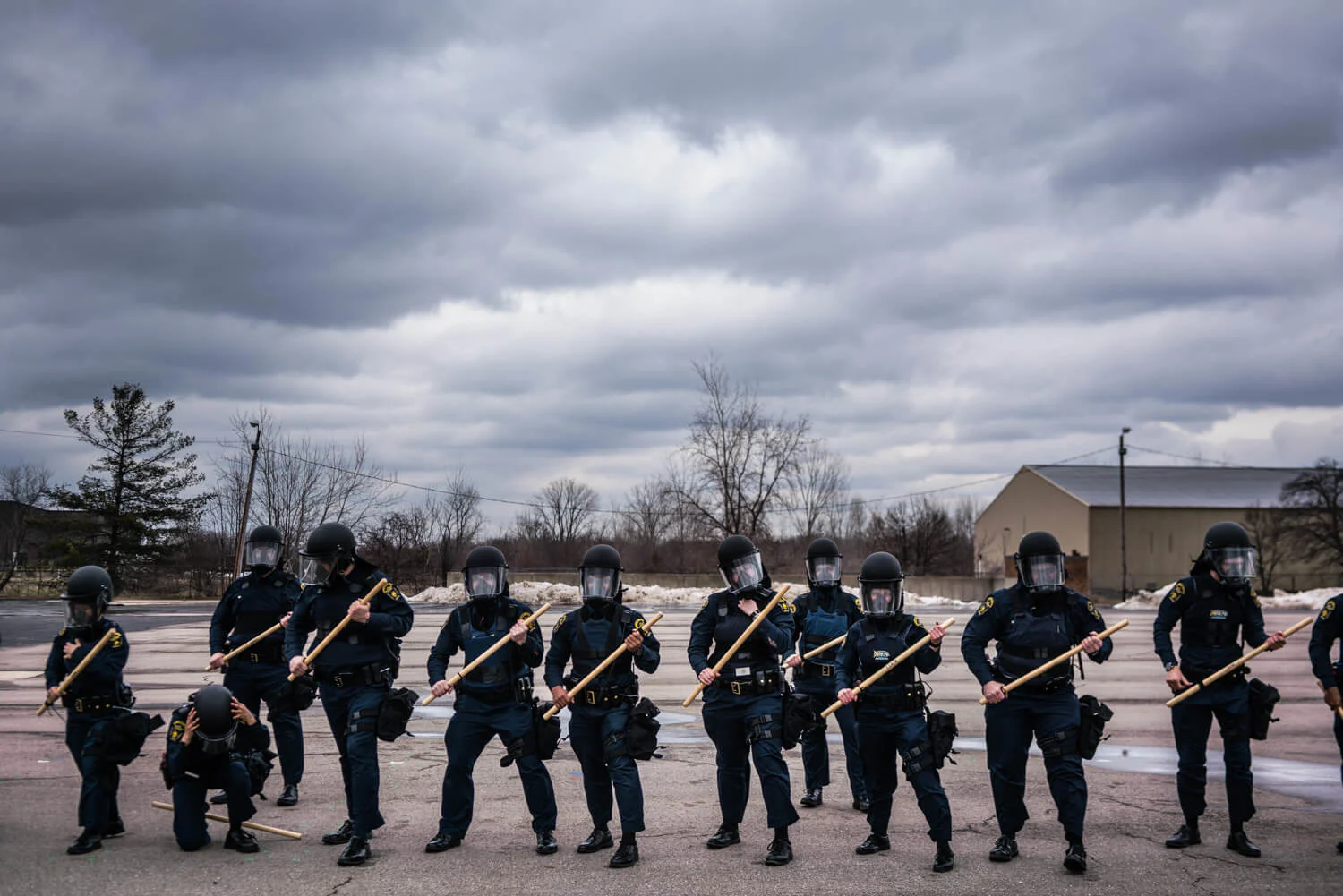

Where Flint is a place was a catalyst for awareness, Flint Town has been a real game changer. “Now, we’ve really put them on front street and said, look at this community. It’s important. It’s struggling. It needs help. Here’s what America looks like. It’s a lot of attention for these people.”
With this in mind, Zack knows at one point the people of Flint will have had enough. That’s the creative compromise you have to make when your muse is a living, breathing community.
“Outside of Flint, everyone sees Flint Town as this big picture conversation,” Zack explains. They see these characters and they’re interested in these characters, and they talk about them in the abstract.”
But this isn’t a story for the people of Flint, it’s their lives. And they keep on rolling when the cameras stop.
